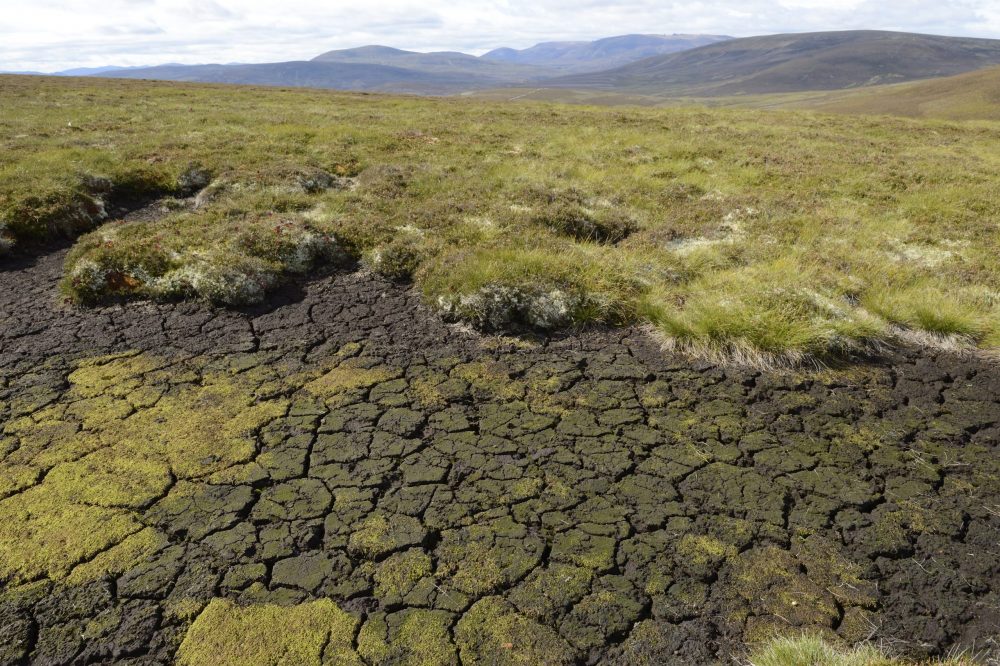ACCORDING to new, leading research by Scottish environmental body NatureScot, Scotland will likely be at risk of extreme droughts over the next two decades due to the climate emergency’s impact.
NatureScot’s research suggests that the number of extreme drought events across Scotland could rise from one in every 20 years to one in three.
It is also suggested that these extreme droughts could last for two to three months longer than those Scotland has seen in the past.

Areas in the Borders, Aberdeenshire, Caithness, Orkney and Shetland have been identified as “hotspots” which could be particularly affected by this increased risk.
However, the knock-on effects of such extreme drought events could be felt across many areas and industries across Scotland.
Trades and industries which are reliant on water-production, such as forestry, agriculture, whisky production, would likely be hit hard by increasingly common and lengthy droughts.
With Scotland being home to some sensitive ecosystems, species and habitats, there are also fears over the risk posed to the nation’s wildlife and landscape.
Francesca Osowska, NatureScot Chief Executive, said: “The findings of this innovative research are stark and demonstrate the urgency of the task before us if we are to ensure a nature-rich future for Scotland.
“Enhancing and protecting nature is a key part of the solution to the climate emergency, and by identifying areas that may be at most risk we can focus conservation efforts to increase resilience and protect ecosystems.
“This year, new global targets to improve nature will be agreed at COP15. Along with the COP26 on climate change, this gives us a huge opportunity to address the many challenges and pressures that nature is facing.
“At NatureScot we are already working to ensure that some of our most precious landscapes are more resilient to drought. Our Peatland ACTION project for example has put more than 25,000 hectares of peatland on the road to recovery since 2012 with funding provided by the Scottish Government.”
Fairlie Kirkpatrick Baird, one of NatureScot’s graduate placement staff, said: “When we think of extreme climate events in Scotland, we usually think of flooding and storms, but droughts are increasing here too. As in the drought over the summer of 2018, we are already seeing the negative impacts that can have on human and ecological environments.
“This study clearly shows that an increase in extreme droughts, with wide-ranging implications, is likely and not just in the distant future, but over the next 20 years or so.
“While that is concerning, it provides us with vital knowledge that can help us address the climate and biodiversity emergencies. By predicting which areas in Scotland may be most affected, we can start to take targeted mitigation action and try and reduce any potential damage.”
David Harley, Head of Water and Planning at the Scottish Environment Protection Agency (SEPA), said: “As the authority responsible for regulating water use in Scotland, we are clear that understanding the effects of climate change on water resources is vital, and we welcome this report which will help manage future impacts on our biodiversity.
“It’s important that work like this continues to be undertaken to further highlight the fact that, although Scotland may be famed for its wet weather, we remain at risk from drought and water scarcity due to the impact of climate change.”

